|
So... I have this awesome friend named Jess who is skilled in many MANY areas, and is always an inspiration to me. She didn't answer the challenge (found at the link below -- "Your Homework Assignment") in a comment box, but sent me an e-mail instead. I asked if I could share it on my blog and she said, "Go right ahead." So the thoughts that follow are from the talented Jess (a true Iowan, by the way: originally from Boone, then college in Orange City, then some time in our area of Iowa, then Spencer, and now Ankeny). Ancestral Artifacts Growing up I was surrounded by things from family. My mom's house is literally FILLED with family pieces! I guess I've become a lot more mindful of preserving my family history because I've seen what it's like to not have one and I know my parents and other relatives are getting older and their stories will disappear once they're no longer living. So I always make it a point to ask about the 'old days' when I'm together with my relatives. It's almost like I'm nostalgic for a time I never knew. Here are four examples of how 'ancestral artifacts' have a place in my home. (Scroll down for pictures.)
1. Unaltered everyday use: my Grandma Dorothy's 1930s Watt Ware pottery mixing bowl. The story goes that this was my (paternal) grandmother's bread bowl. Rarely a day passed that this bowl wasn't resting full of bread dough to be baked to feed my dad and his 4 siblings. I still use it (not every day) for making cookies, cakes, etc. However, the hairline crack continues to grow and one day I'll be forced to retire it. 2. Altered everyday use: my Grandma Audrey's mahogany veneer 1930s desk. Now on its 4th generation of use, I recently stripped and sanded off 80 years of paint and wear. Too rough to restore to its original condition, it's now a little bit old (original mahogany veneer) and a little bit new (grey milk paint). I hope my daughter Emma gets lots of years out of this and passes it on someday. 3. Repurposed decoration: Grandma Audrey's embroidery hoops. Mom just gave me a slew of her mom's old embroidery hoops (probably from the 60s/70s). I will NEVER do enough embroidery/needlepoint to ever need all those hoops so I kept a few and turned the others into decorative orbs. 4. Unaltered decoration: Great-Aunt Mildred's 1915 Kodak Brownie. Great-Aunt Mildred Moul (pictured below at age 35) was diagnosed as an 'epileptic' at a young age. She lived with her parents until their death, From there she lived with siblings, then at the State Hospital in Hastings, NE, (still attached to her camera is a piece of medical tape with her name and ward number for her time there), and finally a nursing home in Fairmont, NE, where she died. It's due to her and her trusty camera that the Moul family has so many family photos from that era. The camera is beyond restoration but I keep it on display as a sort of remembrance of my great-aunt 'Mert' (her family's nickname for her). In conclusion, (trying to sound scholarly 😁) the place in one's home for 'ancestral artifacts' really comes down to a) its value to the owner and b) its current condition. This is how I have found a place in my home for pieces at different levels of value and function.
2 Comments
Here is my daughter's analysis of Everyday Use by Alice Walker. (Click the link below if you didn't even know that you had a related homework assignment.) Feel free to weigh in with your comments again. Heritage in Everyday Objects Throughout the short story “Everyday Use” written by Alice Walker, heritage through tradition is shown as being important to the characters. However, it’s possible and advantageous to look at this story with more than the characters in mind; with thought and insight, this story can be interpreted as an analogy of the two main types of people when it comes to handling heritage and family heirlooms. Traditions and heritage are not only closely related, but also highly prioritized in many cultures. However, as the years go by, some traditions are lost and heritage isn’t passed down to the future generations. This doesn’t mean that family history simply isn’t valuable or relevant to our lives in today’s world. “Everyday Use” reminds readers that heritage is important. The story “Everyday Use” is not only about a mother raising two drastically different daughters; there is a deeper meaning hiding between the pages. Heritage, tradition, and culture are so intertwined that it is often difficult to distinguish between them. However, Walker shows that although they are closely related, they can also be as different as the two sisters in the story were. By characterising Dee as being exuberant and Maggie as being practical, Walker has also personified the two major views when it comes to family heirlooms. From the perspective of a person such as Dee, the quilts were meant to be looked at only from a distance and serve as a reminder of the history woven into them. For someone like Maggie, however, the quilts were meant to be used as intended and for the people using them to be affectionately reminded of their ancestors while enjoying the objects they made. For Maggie, it wasn’t just about the quilts. It was also about the personal memories she had of the quilt: the many hours helping her grandmother piece together and hand stitch the fabrics to create something more than just a bedspread. For many other people too, it is not so much the piece itself, but the memories that come with the piece. This is why Maggie had no problem using the quilts as quilts instead of as decor. She cared more about what the quilts represented than the quilts themselves as shown in her statement, “She can have them, Mama … I can ‘member Grandma Dee without the quilts” (pg. 303). This very idea appalled Dee as exemplified by her outburst when her mother suggested she take some of the other quilts, “But, they’re priceless! … Maggie would put them on the bed and in five years they’d be rags. Less than that!” (pg. 302). Dee was less sentimental and more worried about being able to pass on the quilts to future generations, and thus was more concerned about preserving the original artifacts. It wasn’t just the quilts that Dee wanted to preserve -- she listed other items that she planned on taking back with her as well: “This churn top is what I need,” and “I want the dasher, too” (pg. 301). At first Maggie also seemed hesitant about these items also, most likely for the same sentimental reasons as the quilt. These items had been whittled by a family member, and by the way Maggie responds, it’s clear that her ancestors are the first thing that comes to her mind. She immediately states that, “Aunt Dee’s first husband whittled the dash … his name was Henry, but they called him Stash” (pg. 301). Her remark makes it evident that she sees value in the pieces because of the people who made them, not just because they are good pieces. Although the two daughters have differing opinions, they each believe that their own view is right and they refuse to consider each other’s perspective. Dee is too stubborn and egotistical to think anything Maggie has to say or think could matter at all. Maggie, on the other hand, is very reserved and too passive to stand up for herself. The scene describing the girls’ exasperated mother snatching the quilts from Dee and giving them to Maggie is symbolic of the choice that must eventually be made one way or another with all heirloom and heritage pieces. Either they will get used, or they will sit still and become the “sacred” artifacts displayed in the family room. Nevertheless, the importance of heritage is shown in “Everyday Use” by the different representations of the daughters; although they held their value in contrasting interpretations of the quilts (and other family heirloom pieces), both Dee and Maggie wished to carry on tradition. They refused to let the memories of their ancestors depart from them. It was important to them for different reasons, but the fact that there are different reasons suggests that heritage should be meaningful to people even in today’s world. A person’s heritage can be as simple as hearing stories about the past or as detailed as a collection of specific items handed down through each generation. No matter how one’s heritage is acquired or defined, it is relevant to future generations because it allows for pride within the family tree, relationships between family members, and the carrying on of culture from generation to generation. Our oldest daughter is in her first few weeks of college. She wrote me an e-mail the other day asking me to look over an essay that she needed to turn in for a class. I thought her essay was great -- I gave her a few suggestions, but the subject of her essay really interested me. Her reading assignment was titled "Everyday Use" and the topic of her related essay was how the story shows the contrasting opinions on how we use objects to remember our heritage.
I was fascinated. I've never really tried to analyze why I'm sentimental, and why objects from the past seem valuable to me, even if they aren't. So the debate is.... should objects from your ancestors be used as decorations in your home (and somewhat preserved in the process) or should they be used as intended in your home (and possibly ruined in the process)?? My daughter said I could have permission to post her essay on my blog, and I will do that in a few days, but first, a homework assignment for you, my blog readers. The short story (only eight pages) can be found at the following link. I challenge you to read it and weigh in on the debate in the comment section below. "Everyday Use" by Alice Walker (author of The Color Purple) https://www.deanza.edu/faculty/leonardamy/Everyday%20Use.pdf |
Rachel MastersRachel lives near Arthur, Iowa, where she and her husband try to keep up with life with six kids. Together they operate Singletree Emporium, a place to find vintage and repurposed treasures. Archives
February 2018
Categories |
HoursLimited - Call ahead
|
Telephone |
ADDRESS
|

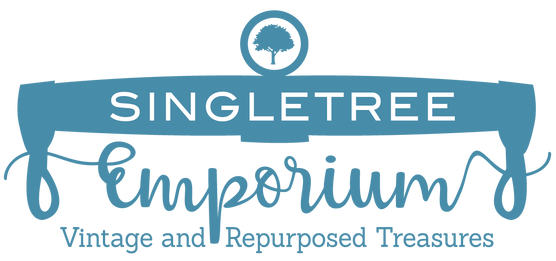
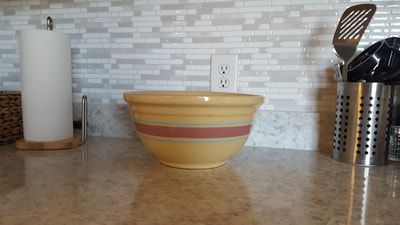
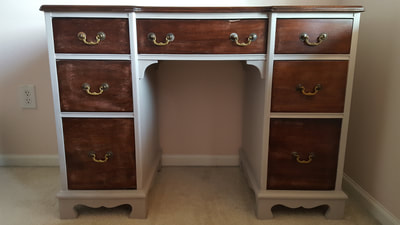

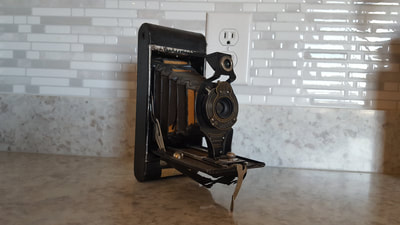
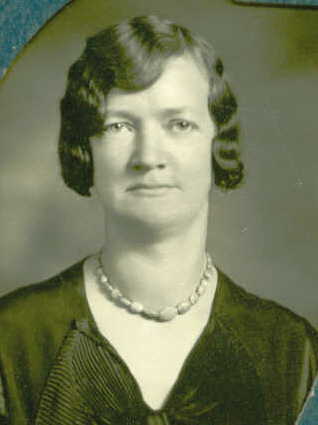

 RSS Feed
RSS Feed